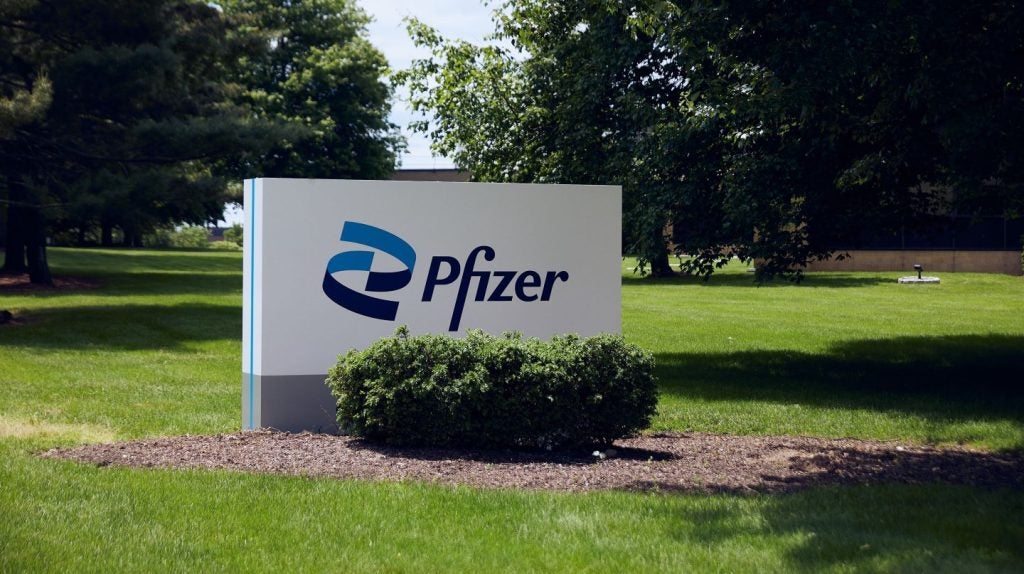In Q1 1998, Wyckoff started a $6m internal expansion at its site in South Haven, Michigan.
The project expanded the company’s current good manufacturing practice (cGMP) capabilities to 52,000 gallons of reactor capacity by adding a second production plant to the site.
Acquisitions and divestments
Wyckoff was acquired by Catalytica Pharmaceuticals in 1999 for $60m as it was deemed to have the chemical process development and pilot plant capabilities required for Catalytica’s expansion.
In December 2000, Catalytica Pharmaceuticals was acquired by DSM Fine Chemicals for $800m to operate under the name of DSM Catalytica Pharmaceuticals from January 2001. DSM kept the pharmaceutical division and spun off the combustion systems and advanced technology units of Catalytica.
In a restructuring plan, DSM announced the closure of the South Haven plant from the start of 2007 (Vision 2010), but it was sold to Albemarle Corporation in 2006.
The sale was completed by the end of September 2006. Albemarle utilised the plant’s cGMP active pharmaceutical ingredients (API) capacity to complement its existing capacity.
3D modelling for increased accuracy
When planning the South Haven production plant, the contractors decided to model the complete plant in 3D to resolve any spacing issues. This saved time in the design stage and allowed the project team to create isometric drawings automatically based on the model, achieving a high level of accuracy.
The 3D model was used extensively in the construction phase to ensure a high-quality, accurate and consistent installation.
Plant project characteristics
South Haven’s construction project involved the addition of a new 18,000ft² API and speciality chemical manufacturing facility to be placed adjacent to the existing plant.
This building houses the small manufacturing unit (SMU), a production area and a pilot plant. The South Haven plant was capable of producing APIs on a commercial scale.
The project team executed the project in phases, including a preliminary process design, erecting the building and the installation of plant infrastructure. This was completed by mid-1998.
The SMU and all plant utilities were installed within the second phase, which was completed in early 1999. The final phase was completed by January 2000.
Autoplant 3D modelling
The 3D drawings for the project were developed using the AutoPLANT Piping software and AutoPLANT Equipment. Using automatic isometric drawing generation programme ISOGEN, piping drawings were extracted from the 3D models.
While in the design process, 3D structures were created using AutoPLANT’s MultiSTEEL Modeler running as an auto-computer-aided-design (CAD) add-on.
The motor control centres (MCC), cable trays, information, education, and communication (IE&C) panels, conduits and devices were entered into the systems as 3D shapes and objects. Some of these were also generated with AutoPLANT, while others were extrusions of 2D drawings.
The drawings consisted of 70 piping drawings (plans, sections and elevations), 720 piping isometrics, ten structural drawings, and 15 IE&C layout plans.
As all of the plant’s equipment was modelled using the AutoPLANT Equipment software package, it made it possible to generate any view of the equipment. The external references (X-REF) capability was then extensively used to permit inter-discipline sharing of all the information regarding the project design.
The piping materials included Teflon-lined socket fusion polyvinylidene difluoride (PVDF), Hastelloy, stainless steel, tri-multiple carbon steel specifications, and tubing with Swagelok and Clover fittings.
The fitting, piping and valve dimensional/material data were entered directly into the project database using the AutoPLANT SpecGen (Specification Generator) software. The piping material specifications were a direct product of this database. As the designers could only input components represented in the database this proved to be critical and the resulting model and construction precisely matched the piping material specifications.
Lead contractors
Wyckoff contracted VECO to provide engineering and construction services, while the Rebis Industrial Workgroup Software Company was asked to provide project design and plant architecture.













